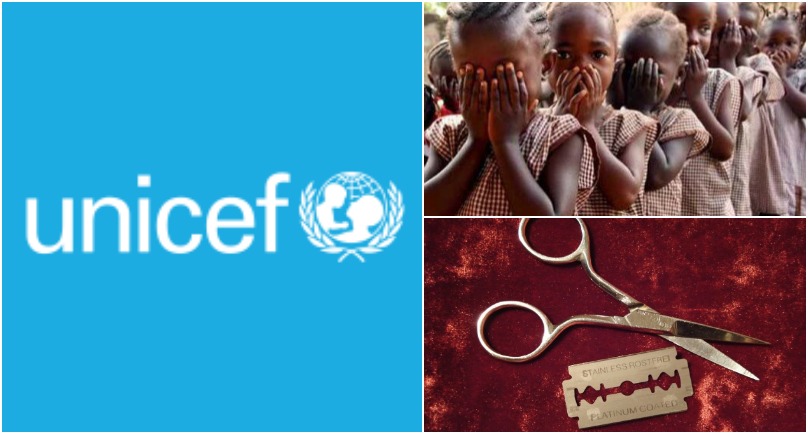By Rositta Liosi – EMTV Online
Female genital mutilation (FGM) or cutting as it is sometimes referred to, is a global human rights issue that affects girls and women in every region of the world.
In a press release, UNICEF Deputy Executive Director, Geeta Rao Gutpa said, “Female genital mutilation differs across regions and cultures, with some forms involving life-threatening health risks. In every case FGM violates the rights of girls and women.”
According to a new FGM statistical report published by the United Nations Children’s Fund (UNICEF);
- At least 200 million girls and women alive today have undergone female genital mutilation in 30 countries – representing a 70 million increase in the global figure, which was estimated for 2014
- Girls 14 and younger represent 44 million of those who have been cut, with the highest prevalence of FGM among this age in Gambia at 56 per cent and at Mauritania 54 per cent.
- Countries with the highest prevalence among girls and women aged 15 to 49 are Somalia 98 per cent, Guinea 97 per cent and Djibouti 93 per cent.
The estimate of the number of girls and women who have undergone the practice increases, as more data is made available. As of this year, about 30 countries have nationally representative data on the practice.
“Determining the magnitude of female genital mutilation is essential to eliminating the practice. When governments collect and publish national statistics on FGM they are better placed to understand the extent of the issue and accelerate efforts to protect the rights of millions of girls and women,” Rao Gupta explained.
Related Articles
UNICEF Estimate Of Female Genital Mutilation Up By 70 Million
Female Genital Mutilation—The Numbers Keep Rising


